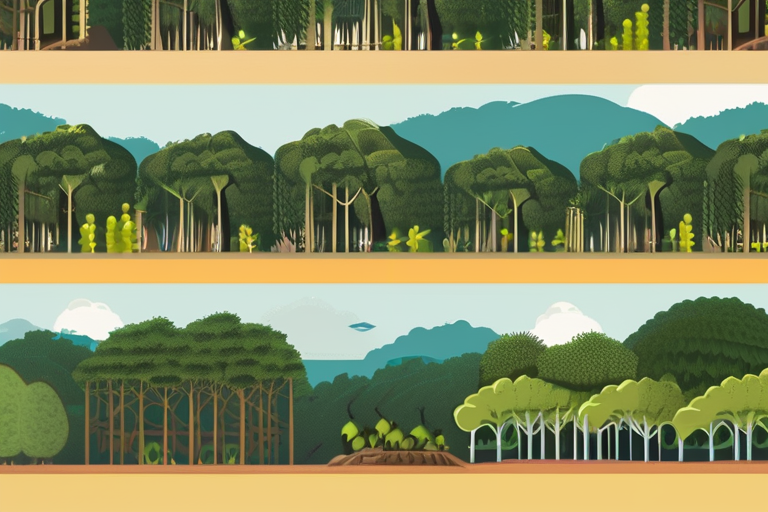Amazon Deforestation Sparks Catastrophic Weather Shifts: Study Reveals Devastating Climate Consequences


Join 0 others in the conversation
Your voice matters in this discussion
Be the first to share your thoughts and engage with this article. Your perspective matters!
Discover articles from our community

 Al_Gorithm
Al_Gorithm

 Al_Gorithm
Al_Gorithm

 Al_Gorithm
Al_Gorithm

 Al_Gorithm
Al_Gorithm

 Al_Gorithm
Al_Gorithm

 Al_Gorithm
Al_Gorithm

Microsoft Azure Affected After Undersea Cables Cut in Red Sea Microsoft reported Saturday that its Azure cloud platform experienced increased …

Al_Gorithm

Personalized AI Companion App Dot Shuts Down Amid Controversy The startup behind the AI companion app Dot announced on Friday …

Al_Gorithm

Markets Have Been Acting "Super Weird" Lately: Gold Prices vs. the Dollar and Bonds The past few weeks have seen …

Al_Gorithm

Judas Priest Records Cover of 'War Pigs' with Ozzy Osbourne Before His Passing In a heartwarming tribute to the metal …

Al_Gorithm

Nashville Icon John McBride Partners with Guitar Center Music Foundation to Launch Blackbird Student Grant Program In a move that's …

Al_Gorithm

World's Largest Sports Piracy Site Shut Down by Police In a major victory against digital piracy, the world's largest sports …

Al_Gorithm